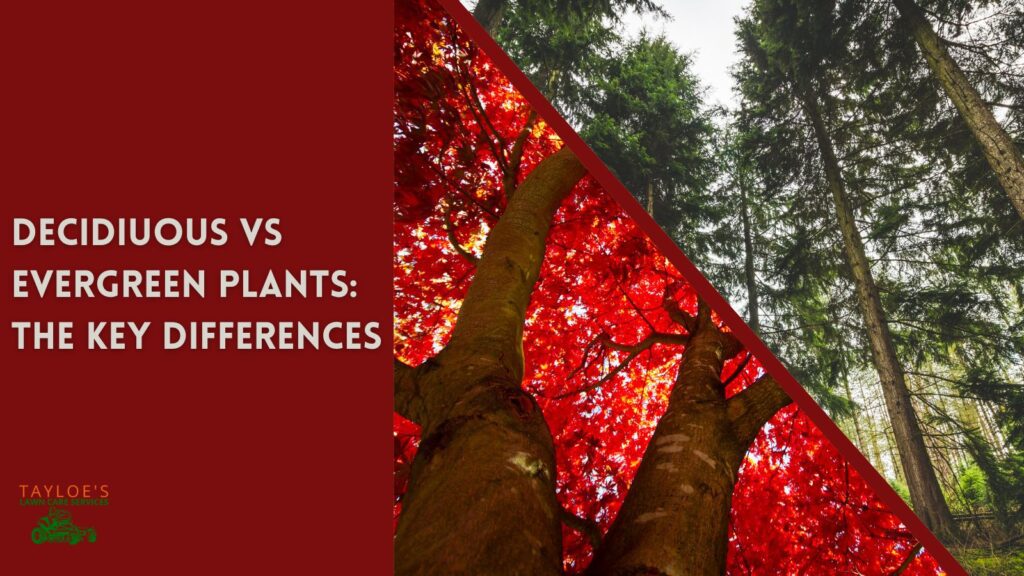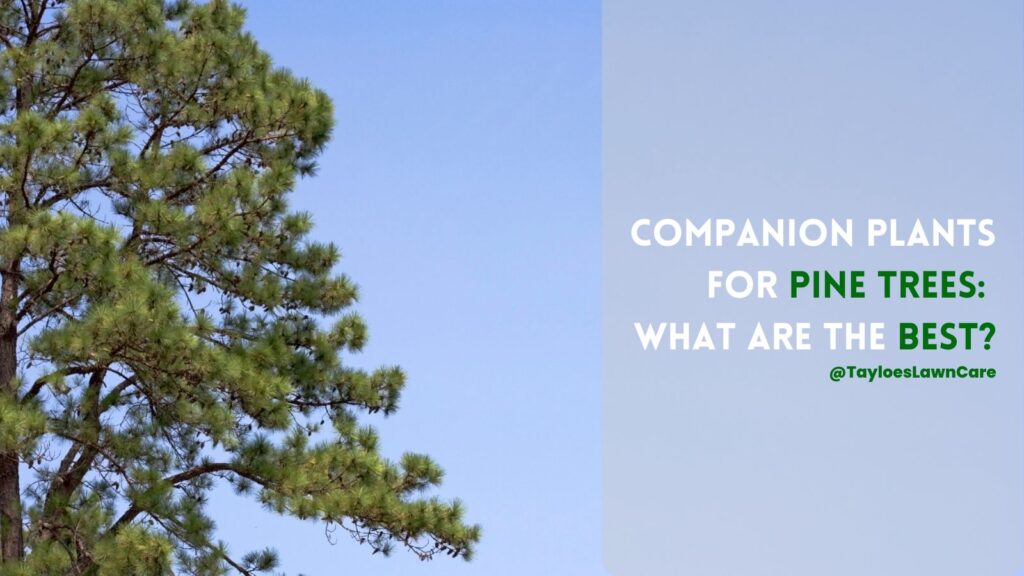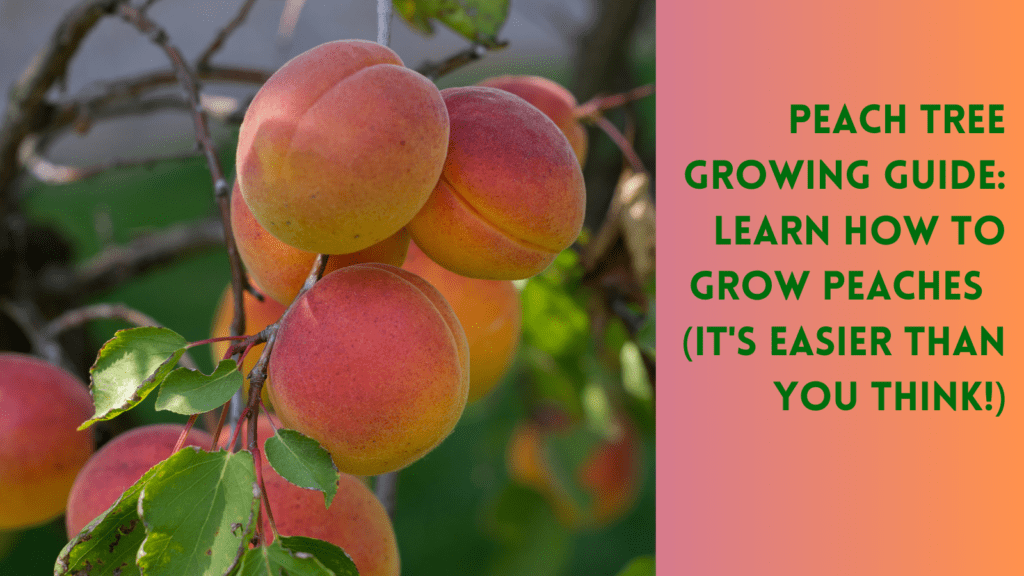Last Updated on: 28th August 2024, 06:32 am
Plant these evergreens to enjoy greenery all year long.
The allure of a well-landscaped property is undeniable. Yet, maintaining a garden with consistent color and foliage throughout the seasons can be challenging. That’s where evergreen shrubs come into play. These steadfast plants remain vibrant year-round, offering perennial beauty that doesn’t fade with the changing seasons.
We’ve curated a list of ten stunning evergreen shrubs for our clients in North Carolina zones 7 and 8. Installing these beauties will ensure your property remains the envy of the neighborhood. These selections are tailored specifically for our region’s climate.
Twelve Advantages of Planting Evergreen Shrubs
Planting evergreen shrubs benefits a garden or landscape, enhancing its functional and aesthetic qualities.
Here are some advantages of incorporating evergreen shrubs:
- Year-round Beauty: Unlike deciduous plants that shed their leaves in fall, evergreen shrubs retain foliage all year around. The consistent greenery ensures your garden remains vibrant and beautiful. You will even have a lovely green color during the colder months.
- Privacy Screen: Evergreens can be used as natural privacy screens due to their persistent foliage. They’re perfect for forming hedges or borders that shield your property from prying eyes.
- Windbreak: Evergreen shrubs, especially when planted in rows, can act as effective windbreaks, reducing the chill of winter winds and providing shelter for your home and other plants.
- Noise Reduction: Their dense growth can help muffle noises from busy roads or neighbors, creating a quieter and more peaceful environment.
- Soil Erosion Control: The root system of evergreens can help prevent soil erosion, especially on slopes or other vulnerable areas. They help bind the soil together, reducing runoff.
- Wildlife Shelter: Birds and small animals often seek refuge in evergreen shrubs during winter, using them as protective hideouts from predators and harsh weather.
- Low Maintenance: Once established, many evergreen shrubs require less care than other plants. They often need less frequent watering and pruning.
- Versatility: Evergreen shrubs come in various sizes, shapes, and textures, offering a wide range of options to suit different landscape designs and purposes.
- Air Purification: Like other plants, evergreens absorb carbon dioxide and release oxygen, creating a cleaner and fresher environment.
- Consistent Soil Shade: Their ever-present foliage provides consistent shade to the soil, helping to retain soil moisture and prevent the growth of many unwanted weeds.
- Aesthetic Variety: Beyond their green hues, many evergreen shrubs produce vibrant flowers, berries, or unique foliage, adding more depth and diversity to a garden’s appearance.
- Property Value: A well-landscaped garden with mature evergreen shrubs can potentially boost property value by enhancing curb appeal.
When considering evergreen plants for your garden, choosing species suitable for your region’s climate and soil is essential. In doing so, you’ll ensure their longevity and enjoy the myriad of benefits they offer.
1. Boxwood (Buxus spp.)
- USDA Growing Zones: 5-9
- Description: Favored for its dense, mounding habit, Boxwood is ideal for hedges and borders. Its small, glossy leaves remain green throughout all seasons.
- When to Plant: Early spring or fall.
- Planting & Maintenance: Choose a site with well-draining soil. Dig a hole twice the width of the root ball. Water deeply after planting and mulch around the base to conserve moisture.
- Sunlight: Prefers partial to full sun.
- Soil: Loamy, well-draining soil.
- Water: Regular watering during the first year. Once established, water occasionally, more in extreme heat.
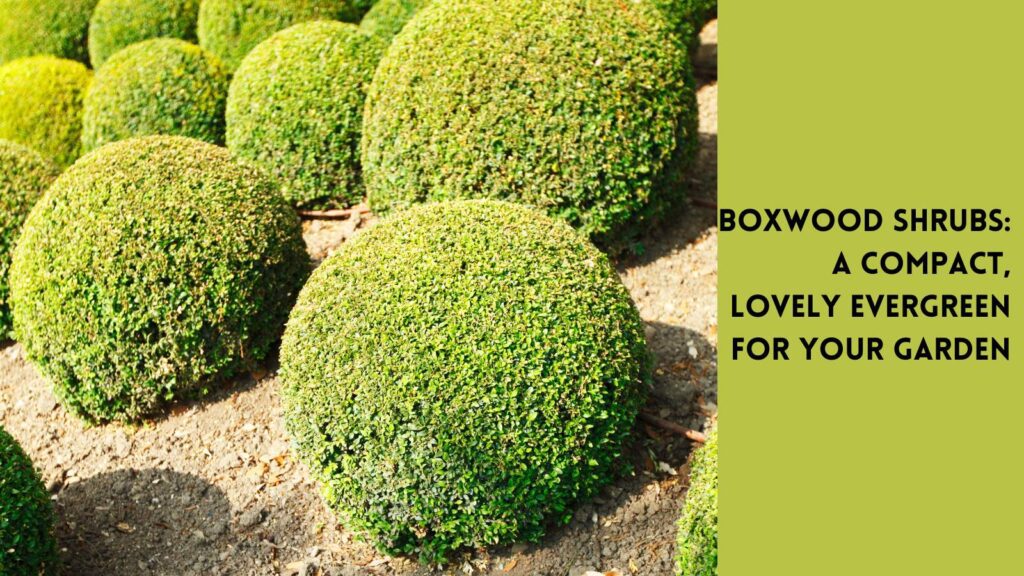
2. Camellia (Camellia spp.)
- USDA Growing Zones: 6-10
- Description: Camellias offer not only evergreen leaves but also vibrant winter flowers. They come in various colors, from crisp whites to deep reds.
- When to Plant: Fall.
- Planting & Maintenance: Camellias prefer acidic soil. Ensure good drainage and keep the root ball moist when planting. Prune after flowering to shape and remove dead or weak branches.
- Sunlight: Partial shade.
- Soil: Acidic, well-draining soil.
- Water: Regularly, but don’t let the soil become soggy.
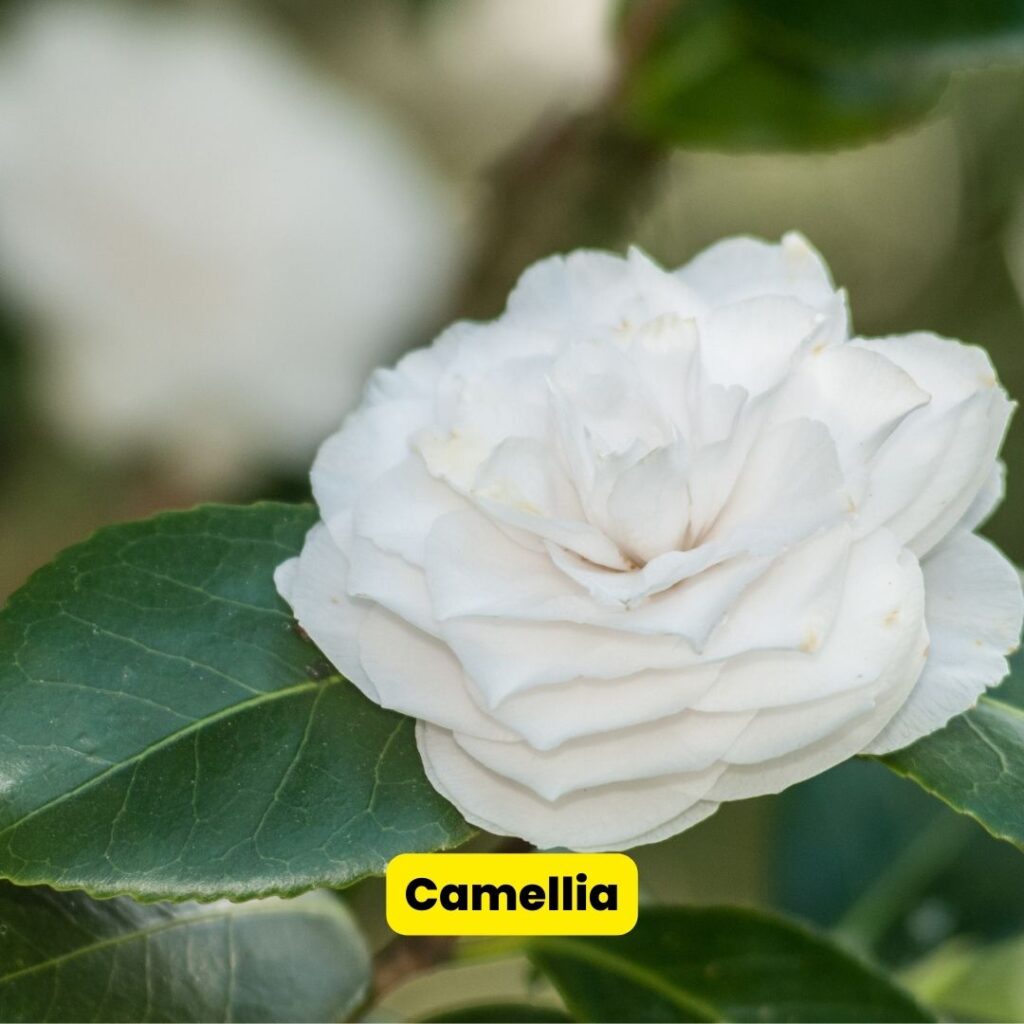
3. Holly (Ilex glabra)
- USDA Growing Zones: 5-9
- Description: Native to the southeastern United States, this shrub offers glossy dark green leaves and can tolerate wetter soils.
- When to Plant: Spring or fall.
- Planting & Maintenance: Plant in well-draining soil. It can tolerate occasional flooding. Prune to shape in the late winter.
- Sunlight: Full sun to partial shade.
- Soil: Prefers acidic, moist soils but can adapt to various soil types.
- Water: Moderate to high water needs.
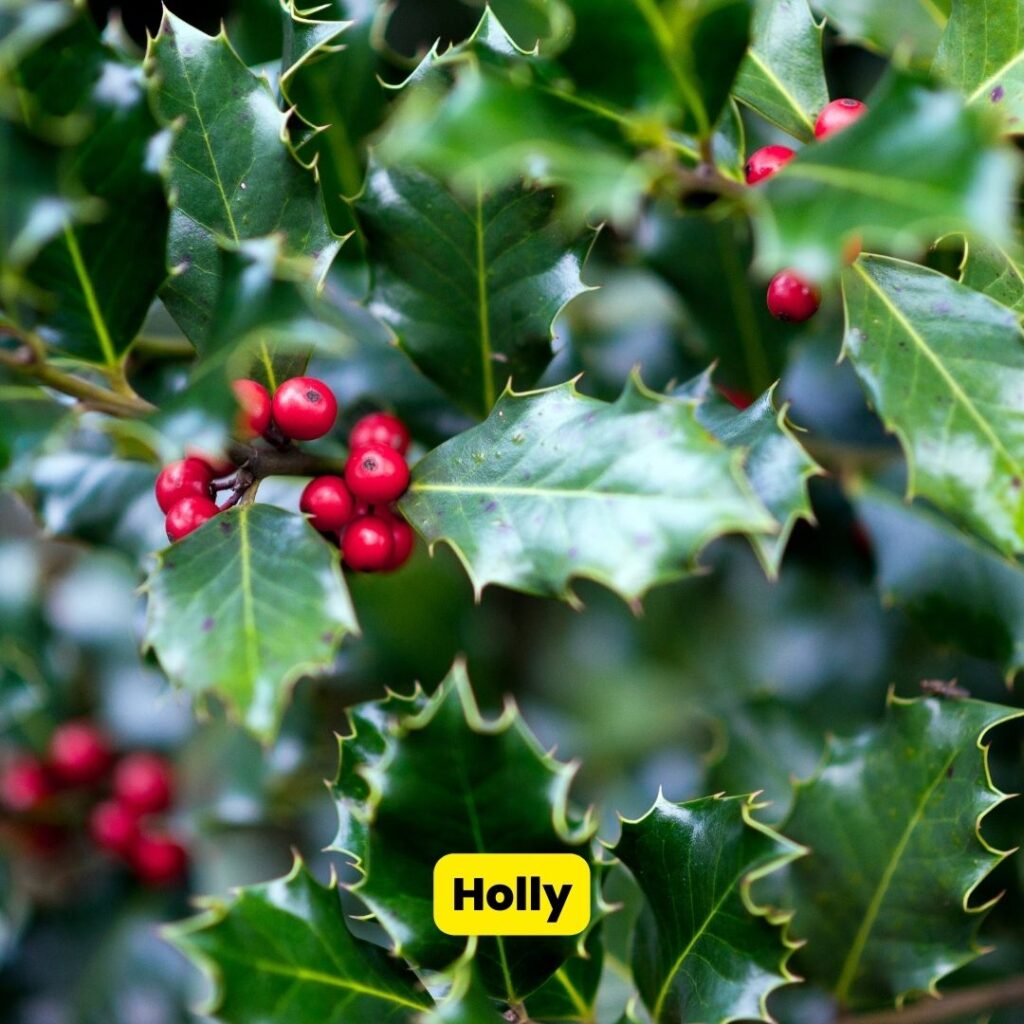
4. Japanese Aucuba Evergreen Shrubs (Aucuba japonica)
- USDA Growing Zones: 7-10
- Description: Japanese Aucuba adds unique texture and color with spotted yellow leaves. Drought-tolerant once established.
- When to Plant: Early spring.
- Planting & Maintenance: Prefers shaded conditions. Ensure soil is well-draining.
- Sunlight: Shade to partial shade.
- Soil: Fertile, well-draining soil.
- Water: Regularly but reduce frequency once established.
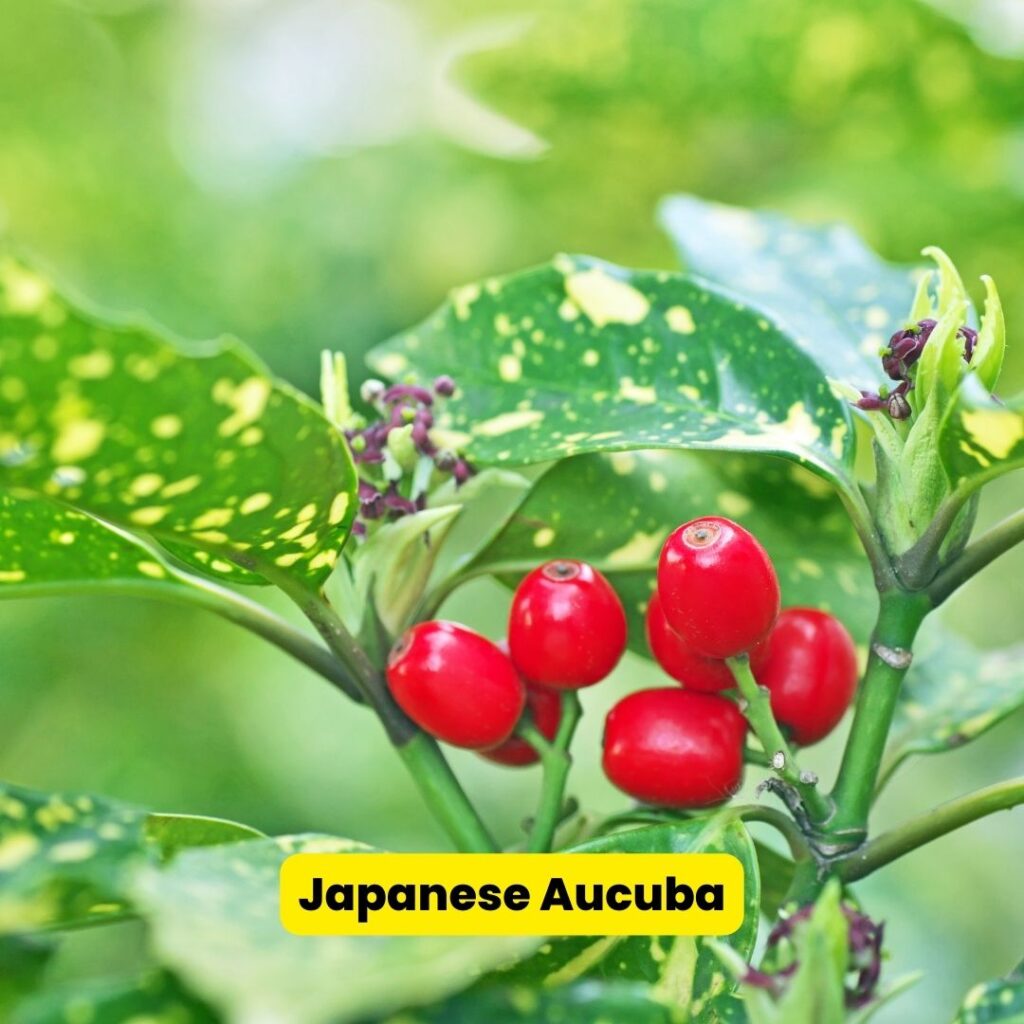
5. Arborvitae (Thuja spp.)
- USDA Growing Zones: 3-7
- Description: This tall, coniferous tree is perfect for hedges or stand-alone specimens. It boasts a pyramid shape and dense green foliage.
- When to Plant: Spring or early fall.
- Planting & Maintenance: Plant in a large hole, water deeply, and mulch. Can be pruned to desired shape.
- Sunlight: Full sun to partial shade.
- Soil: Moist, well-draining soil.
- Water: Regularly, especially during dry spells.
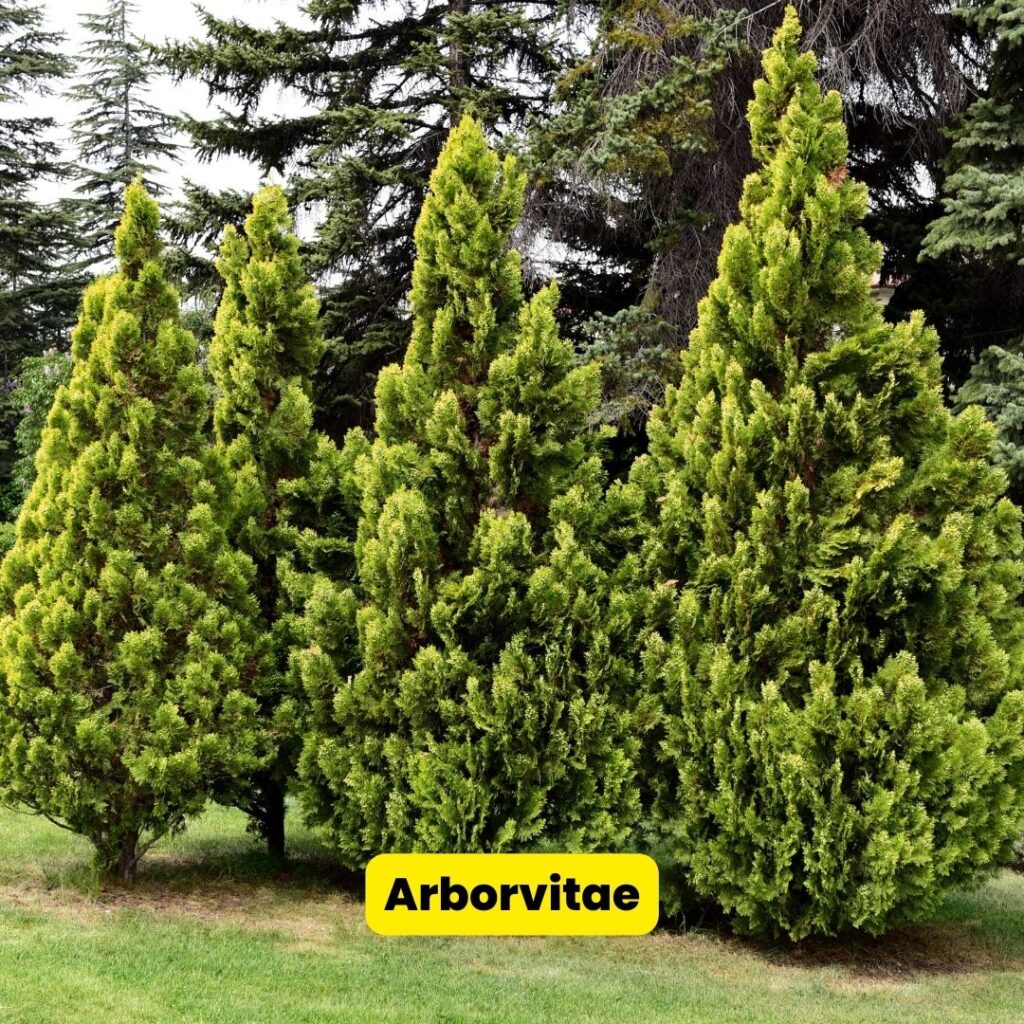
6. Hawthorn (Rhaphiolepis indica)
- USDA Growing Zones: 7-11
- Description: This shrub showcases clusters of pink or white flowers in spring, complemented by leathery green leaves.
- When to Plant: Spring.
- Planting & Maintenance: Prefers well-drained soil. Fertilize in the spring before new growth.
- Sunlight: Full sun.
- Soil: Well-draining soil.
- Water: Moderate.
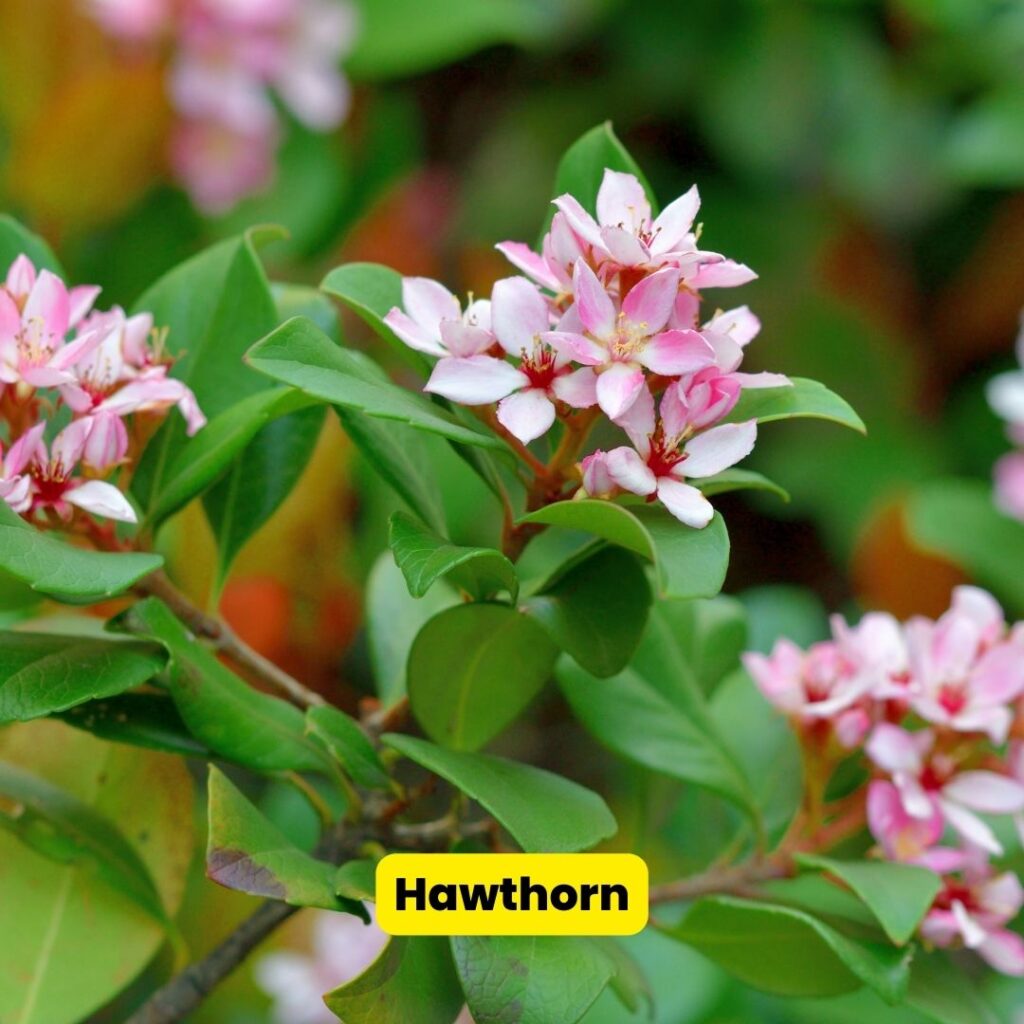
7. Lily of the Valley Evergreen Shrubs (Pieris Japonica)
- USDA Growing Zones: 5-8
- Description: Its pendulous chains of spring flowers and unique red-to-green young foliage make it dynamic.
- When to Plant: Early spring or fall.
- Planting & Maintenance: Requires acidic soil. Prune after flowering to maintain shape.
- Sunlight: Partial shade.
- Soil: Acidic, well-draining soil.
- Water: Keep soil consistently moist.
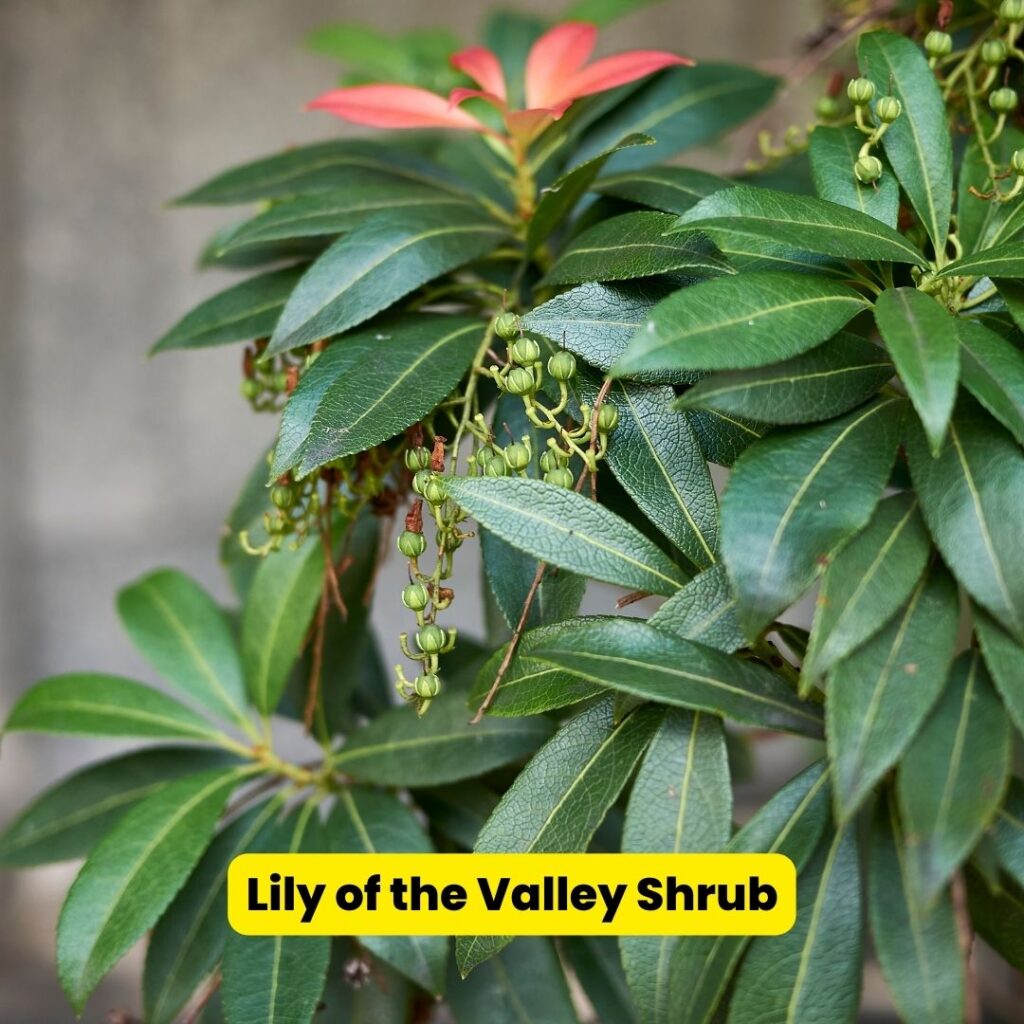
8. Sweetbox (Sarcococca ruscifolia)
- USDA Growing Zones: 7-9
- Description: Despite its understated appearance, the sweetbox captivates with fragrant winter flowers, a sensory treat during the colder months.
- When to Plant: Early spring or fall.
- Planting & Maintenance: Choose a sheltered location, preferably protected from harsh winds. Once established, it requires minimal maintenance but can benefit from occasional pruning to maintain its shape.
- Sunlight: Partial to full shade.
- Soil: Fertile, well-drained, and slightly acidic to neutral soil.
- Water: Moderate; keeping the soil consistently moist is essential, especially in dry conditions.
9. Nandina (Nandina domestica)
- USDA Growing Zones: 6-9
- Description: Often called “heavenly bamboo,” Nandina offers feathery leaves and bright red berries. It’s essential to note that it’s not a true bamboo. Still, the downside is its quick spreading habit – save it for an area that needs coverage to prevent erosion. Or, pick a less invasive evergreen species from our list.
- When to Plant: Spring or early fall.
- Planting & Maintenance: Plant in well-draining soil. While it’s drought-tolerant once established, it’s crucial to water regularly in the initial stages. Prune older stems to encourage new growth and more vibrant foliage.
- Sunlight: Full sun to partial shade.
- Soil: Adaptable to various soil types but prefers moderately fertile, well-draining soil.
- Water: Regularly in the beginning, but can tolerate periods of drought once established.
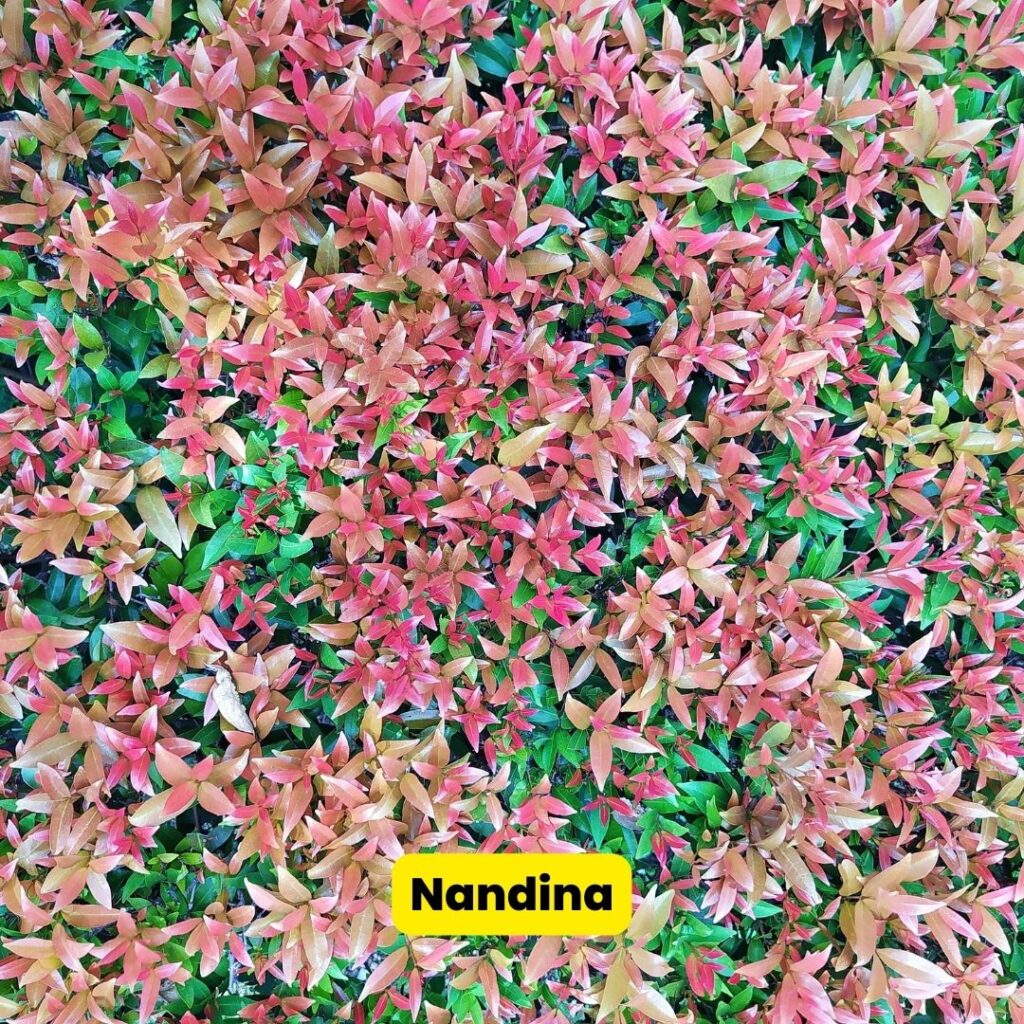
10. Yew (Taxus spp.)
- USDA Growing Zones: 4-7
- Description: A versatile option, the Yew can be pruned into various shapes, from globes to hedges, and presents a dense, dark green canvas.
- When to Plant: Late winter to early spring or early fall.
- Planting & Maintenance: Yews prefer well-draining soil and can benefit from a layer of mulch to maintain soil moisture. They are susceptible to winter burn, so consider a location protected from harsh winter winds. Prune as necessary to achieve the desired shape.
- Sunlight: Full sun to partial shade.
- Soil: Well-draining soil; can tolerate various soil types but prefers slightly acidic conditions.
- Water: Regular watering, especially in dry conditions. However, ensure not to overwater as Yew shrubs dislike overly soggy conditions.
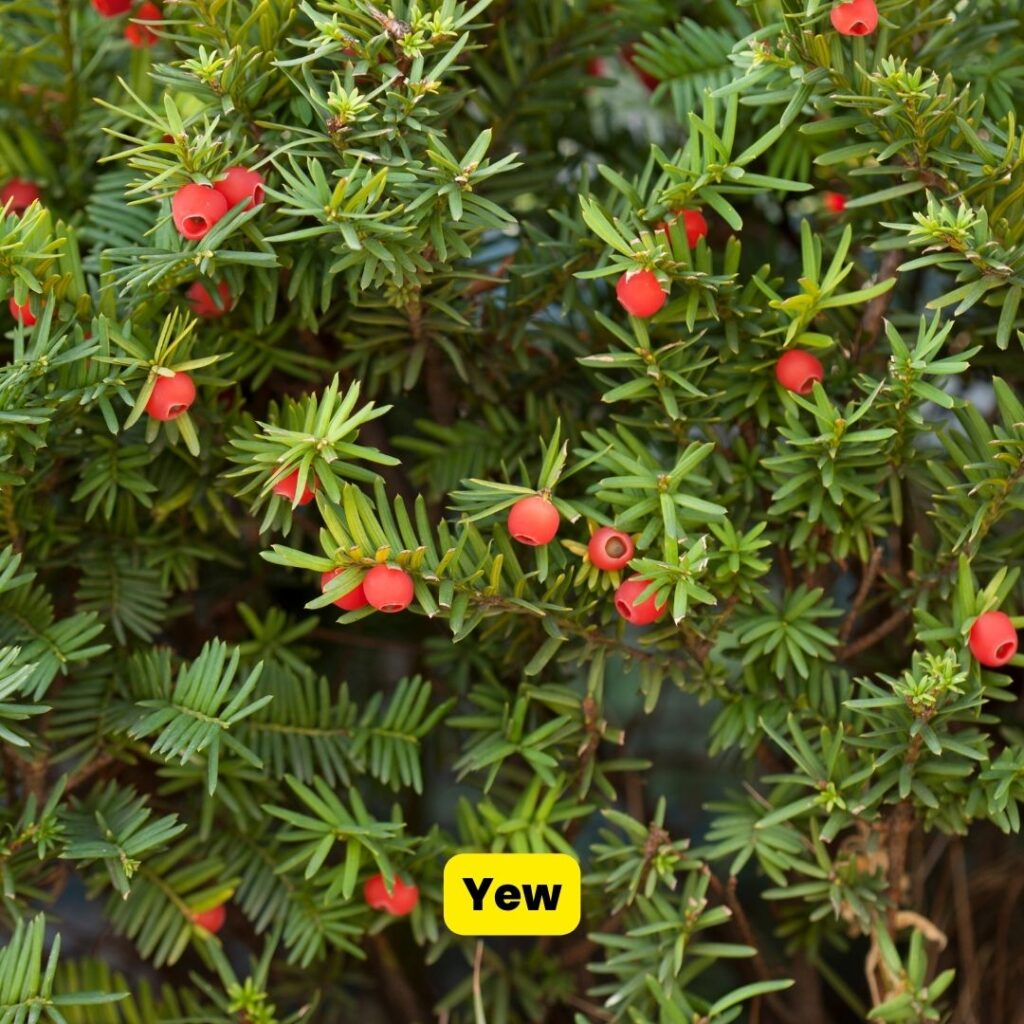
Remember, while these care guidelines are generalized, it’s essential to monitor the health and appearance of your shrubs. Reacting promptly to changes or signs of distress can significantly affect their long-term health and vibrancy. Always consult a local expert, like Tayloe’s Lawn Care Services, for precise recommendations tailored to your garden’s unique conditions.
Final Thoughts on Adding Evergreen Shrubs to Your Landscape
Evergreen shrubs are nature’s steadfast sentinels. Their resilience and year-round vibrancy make them a cornerstone in the world of landscaping. Beyond their unmistakable beauty, they carry an array of functional benefits, from offering privacy and reducing noise to sheltering wildlife and combating soil erosion. As we’ve explored, regions like zones 7 and 8 in North Carolina can benefit significantly from these enduring plants, especially when chosen with care and understanding local conditions.
However, the true essence of evergreen shrubs lies in their symbolism of perpetual growth and the enduring spirit of nature. They remind us of the continuity of life, even in the harshest of seasons, and inspire gardens that echo with life throughout the year.
If you hope to transform your outdoor space into a verdant haven that stands the test of time, evergreen shrubs are an excellent place to start. For tailored advice and services to achieve the best-looking lawn and garden, remember to contact Tayloe’s Lawn Care Services at 252.287.3376 (call or text) or on Facebook. Our expertise ensures that your green spaces flourish and tell a story of life, beauty, and continuity.
Author Profile

- Deborah Tayloe is the CEO and co-founder of Tayloe's Lawn Care Services, LLC. She has a B.S.Ed and holds certificates in soil and water management and herbology from accredited programs.
Latest entries
 GardeningSeptember 27, 2025What perennials, shrubs, and trees don’t like fall pruning (and why)?
GardeningSeptember 27, 2025What perennials, shrubs, and trees don’t like fall pruning (and why)? Trees and ShrubsSeptember 14, 2025Fall Shrub Pruning Guide (September–October)
Trees and ShrubsSeptember 14, 2025Fall Shrub Pruning Guide (September–October) Trees and ShrubsApril 22, 2025Boxwood Blight: Early identification and isolation
Trees and ShrubsApril 22, 2025Boxwood Blight: Early identification and isolation Flower GardenApril 8, 2025John F. Kennedy Rose: Hybrid tea rose with elegant white blooms
Flower GardenApril 8, 2025John F. Kennedy Rose: Hybrid tea rose with elegant white blooms

